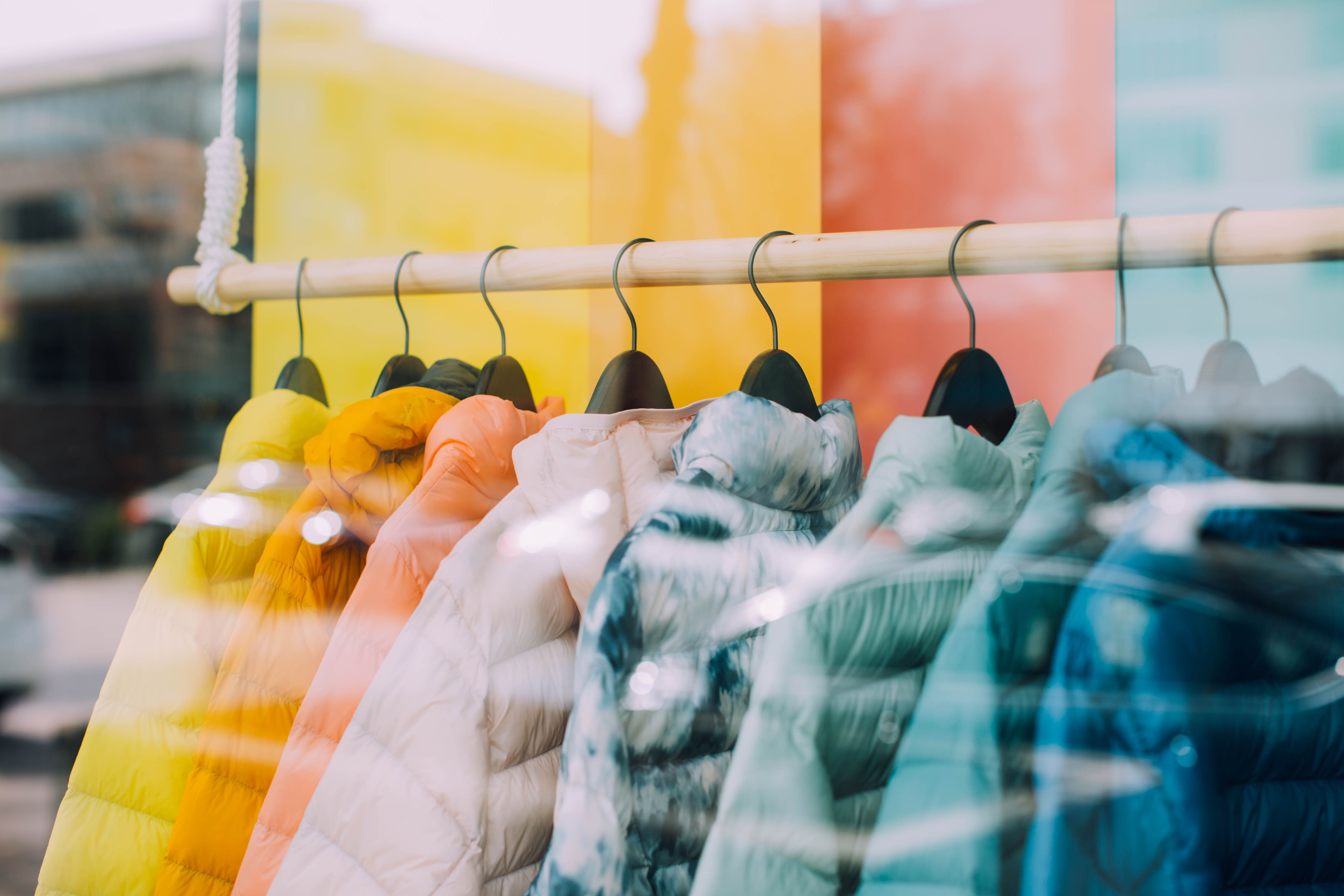How to Win in Today’s DTC Retail Landscape with a Multichannel Strategy

By Jeremiah Wanzell, Fractional CGO & CRO
There are so many DTC (direct to consumer) brands today that there are literally thousands of them. This explosion of brands is enabled because the barrier to entry is an absolute minimum. You no longer need a software development team to code your website or app to sell your products; nope, all you need is a Shopify account and you’re up and running within hours.
Nearly everything needed to run your consumer products business can be outsourced from warehousing, to design, to production. You don’t even need to have a product vision; just slap a pre-designed logo on a shirt and a white label company will make the product for you. Of course, you won’t get very far this way and that’s not really building a brand. In fact, over 95% of DTC brands generate less than $1M in revenue.
Selling your products through your website or mobile app directly to your customers is no longer a differentiator, it’s an expectation. This strategy remains the best way to launch your brand because you can collect demographic data on who your customers are and quickly discover which key items within your product range are the best sellers so you can build upon that base. However, you must have a multichannel strategy and roadmap to sustainably build your business.

The difference between multichannel and omnichannel
Many people still confuse multichannel and omnichannel retail. For clarity, omnichannel is a vertically integrated brand who sells their branded products via their DTC website and its own namesake brick and mortar stores. A multichannel distribution strategy on the other hand sells products through their own channels as well as other 3rd party (also known as the wholesale channel) brick and mortar retailers (i.e., Nordstrom) and 3rd party websites (i.e., Zappos).
At some point your customers will want to experience your product and brand in a physical store. This is also a customer expectation. Let’s use a music band as an example. Customers, or fans, stream your music and you gain a following but soon these fans will want to see you perform live for the full immersive experience. If your band does not perform live but other similar bands do, you will quickly lose credibility and these hard won groupies will begin to buy downloads, product swag and concert tickets from your competitor (that’s called customer turnover). The same goes for a consumer products brand; you can only “hide” behind a website for so long but at some point you’ve got to put on a show by way of a brick and mortar store to keep your customers engaged.
Now let’s use the DTC footwear brand Allbirds as an example. They created a disruptive footwear product with the Wool Runner sneaker, earning a cult customer following, opened a few omnichannel retail stores and rode a growth rocket ship to IPO. However, in my opinion, they waited too late to establish a multichannel distribution strategy and their stock plummeted to less than $5 a share (as of this writing) from nearly $29 per share. This is a result of their digital acquisition costs rising too high with an omnichannel approach and they couldn’t achieve profitability to satisfy their investors.
I’ll give you one more example on the other side of the spectrum. Nike (ever heard of them!?), became over distributed in the wholesale channel and made the wise decision to close certain 3rd party retail stores that did not represent the brands premium positioning. Nike instead doubled down investments into their own DTC (nike.com / SNKRS) channel and strengthened their strategic partnership with select wholesale partners, namely, Dicks Sporting Goods by linking their customer loyalty programs (well played).

Why is it so important to have a multichannel distribution strategy?
In short, profitability, diversification & reach.
Expanding into 3rd party channels of retail is tricky and also has risks so like most things in business, finding the right balance is key. On the flip side, you also don’t want to have 75% of your business driven by one retailer; said retailer will understand this leverage and squeeze the brand on margin and well, push you around.
If managed properly, expanding your brand through a multichannel distribution strategy, expands your reach to a new customer base that you would not have reached otherwise. The wholesale channel also pays your brand up front for the product shipments meaning it’s a predictable cash flow channel that your DTC cannot provide on a large scale. While wholesale margins are certainly lower than DTC retail margins, your net profitability and EBITDA will often be higher in this channel than your DTC channel because the wholesale retail partner is funding the customer acquisition costs through in-store events, native website marketing and catalogs.
What is the optimal balance of a DTC vs wholesale portfolio?
I have created a trade secret business model that can empirically guide your company with the ideal DTC vs wholesale multichannel ratio. Ask me how I can help your brand optimally position for sustainable growth.
You certainly want to keep the majority of your business within your own direct control. This is a season-to-season ebb and flow of constantly monitoring your business channels, and executing a strategy to keep this balance in check. It’s OK to cap certain retailers on door distribution and product breadth in order to protect your DTC business; that’s called brand building.
Allow Growth Mindset Advisors to fill this executive sales, strategy and growth role within your multichannel business to help you achieve the next level of revenue for a fraction of the cost of hiring an in-house executive. Please reach out and let’s discuss how I can help your business grow revenue.
About the Author
Jeremiah Wanzell is the founder of Growth Mindset Advisors and an experienced and dynamic growth executive (i.e., VP of Sales, Chief Growth Officer) with a 22+ year proven track record of developing, marketing and distributing over $1B of consumer products for globally dominant brands such as Hugo Boss and Calvin Klein (PVH Corp). He has multichannel experience driving growth strategies in nearly every consumer product category with businesses ranging from $50M to $225M with P&L responsibility. A B2B generalist and consumer products specialist.
Ready to hire the necessary talent to complete your winning team and hire a veteran fractional leader? Search the GigX Network (it’s free!). Find fractional CxOs and directors who want to leverage their professional experiences and skills to help your company get more wins.
Ready to join a business that is in need of your specific skill set and lead a team as a fractional leader? Join GigX and create a Network profile.
Already a GigX member? Thanks for being a part of the solution and engaging in the gig economy. We’d love to hear your story about how you’re redefining success as a fractional executive in these changing times. Please email us your story.






